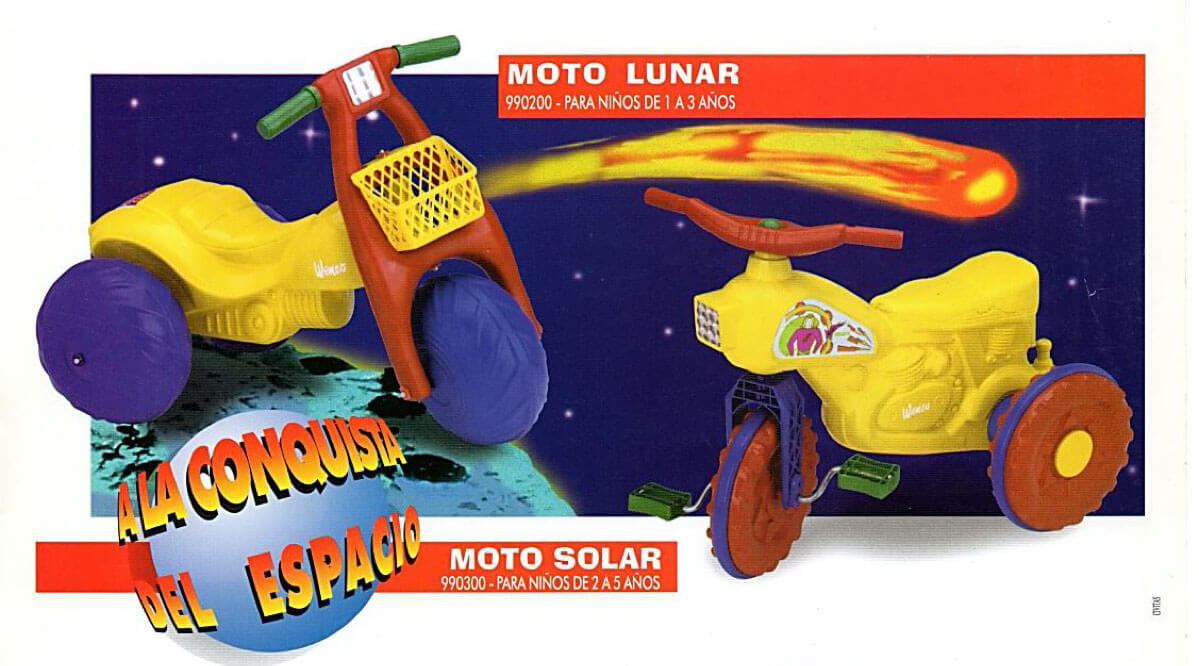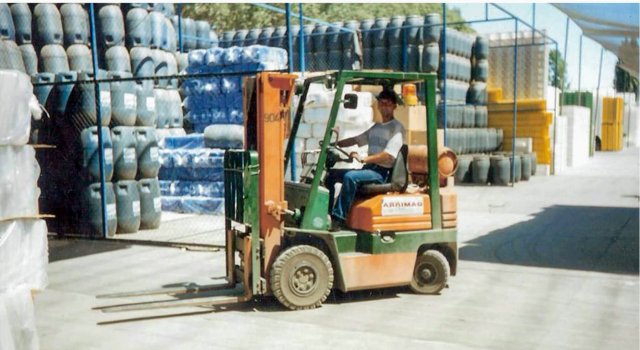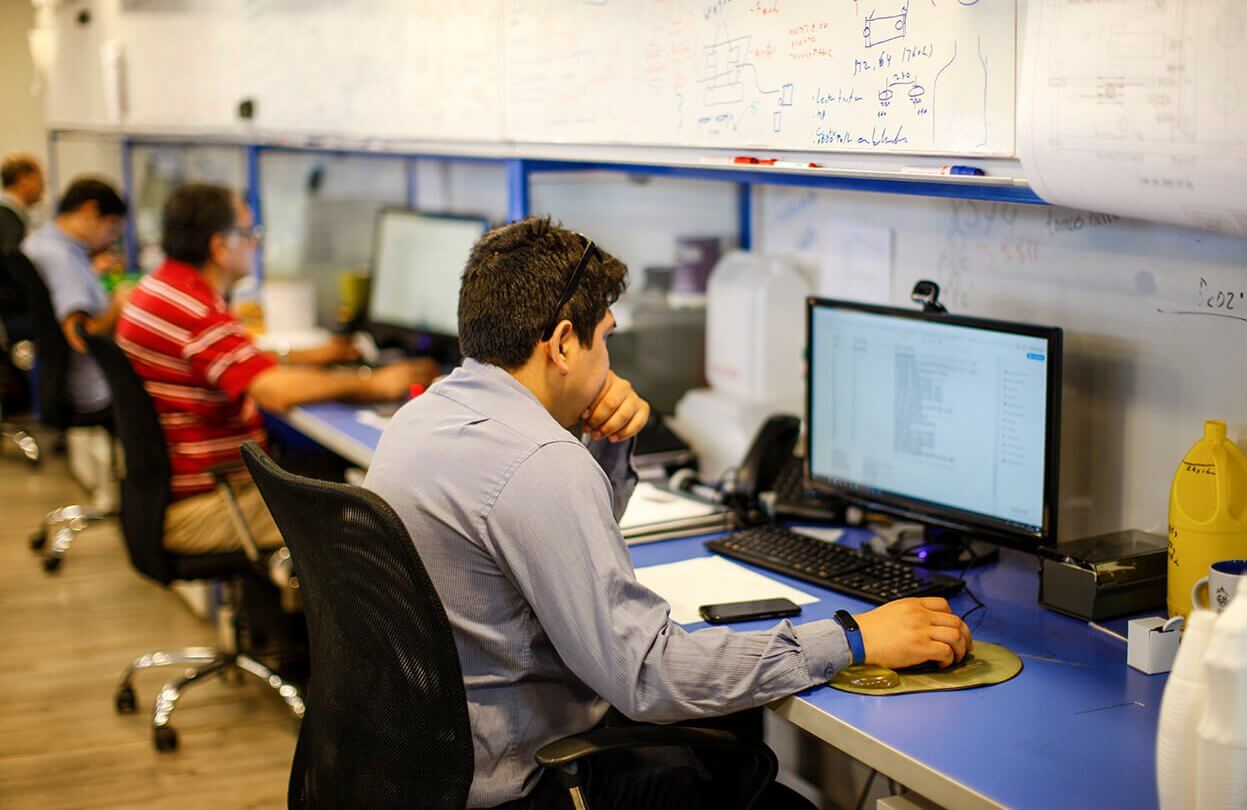
Wenco’s story begins in 1954, in a warehouse in the Franklin neighborhood of Santiago, Chile, during the government of Carlos Ibáñez del Campo.
Founded by Jorge Wenborne Prendergast, his wife and some relatives, the company is first named Wenborne y Compañía, and later becomes Wenco.
A few years later, Jorge Sitnisky Silverstein followed by Carlos Braun Lloyd join as partners. Wenco manufactures small plastic products; items like handles, bowls and household items generally, artificial flowers, and dolls, using technologies that are in their first stages in Chile.

In 1976 and 1979, Sitnisky and Wenborne, respectively, sell their participation in Wenco, and ownership becomes equally shared between Anselmo Palma Carrasco and Carlos Braun, who takes over the daily management of the company. This arrangement remains in place until the early 1990s, a period in which Wenco develops a variety of products, including toilet tanks and lids, well received household containers, and various types of “rollers”, including Wenco’s landmark moon scooter, a virtually indestructible children’s tricycle.
In those days Wenco also begins manufacturing its first agricultural solutions -like the harvest box- and products for industrial use, such as the large drums manufactured under the Mauser license, all solutions that will later become central to the company’s success.

In 1991, Carlos Braun begins the sale of his half of Wenco to Anselmo Palma, and his son, Anselmo Palma Pfotzer, takes over the management of the company in 1993. This process is concurrent with construction of Wenco’s headquarters in the commune of Huechuraba, the increasing professionalization of its executive team, and definition of the new growth strategy. The latter focuses on developing and manufacturing products designed for very specific uses that add value to each sector they serve, including agriculture, industry and the home.
In 1996, José Manuel Allende becomes Wenco’s general manager. As a first step in its specialization strategy, the company creates Kendy, under the leadership of Felipe Dablé, which boosts the production of household products distributed through wholesalers. In 1997, in order to deepen its agricultural offering, the company invests in a 6,000 ton injection molding machine which enables it to manufacture large volume bins. In 1998, with its focus on the agricultural world, Wenco develops its first fruit export crate.

In 2001, Wenco sets up the engineering and development department. Until now, the molds used by the company are built in house, but an increasingly competitive market creates the need for shorter and more efficient production cycles and lighter products. Because of the intense focus required for the structural designs, production of the molds is left in the hands of specialized companies in Europe. Thus begins the development of key products for Wenco, such as the first self-assembly fruit export crate and the first tote specially designed for cherry harvesting. Henceforth, the engineering department plays a key role in the development capacity of Wenco and its subsidiaries.
In 2005, Wenco acquires Coplasa S.A., thereby enhancing its agricultural offering of boxes and crates for internal logistics and fruit exportation.
That same year, Wenco creates Greenplast, a plastic recycling company. By so doing, the company begins its entry into a circular economy which makes used plastic more valuable and sustainable. Greenplast today provides the recycled raw material that Wenco uses in a large part of its production.

In 2009, under the leadership of Santiago Muzzo, Wenco begins a journey of expansion throughout Chile and into Latin America, guided by a model that favors the operation of local, specialized and automated companies. Proximity to the customers allows for faster response times, a better understanding of their business, and development of innovations that will increase their efficiency and sustainability.
A 2010 purchase of a production plant in the constitutional province of Callao, in Perú, marks the beginning of Wenco’s operations outside of Chile, and capitalizes on more than a decade’s worth of experience in the manufacture of agricultural products.
In 2012, Wenco and HyB found Wenco Sur, whose plant in Puerto Montt begins to strongly support the aquaculture industry, with products such as floats and buoys. That same year, in Colombia, Wenco concludes the purchase of a company focused on household products.
In 2013, with the aim of strengthening Greenplast’s potential, Wenco invests in a plant with cutting edge recycling technology, in the Lampa commune of Santiago, Chile.
Between 2017 and 2018, in Chile, Wenco enters the mass consumer packaging market, with the purchase of two companies focused on the production of packaging for cleaning, food and personal care items.
Today Wenco companies have operations across 33 manufacturing plants in Chile, Perú and Colombia. A new one will be added in Bolivia in the course of 2020.